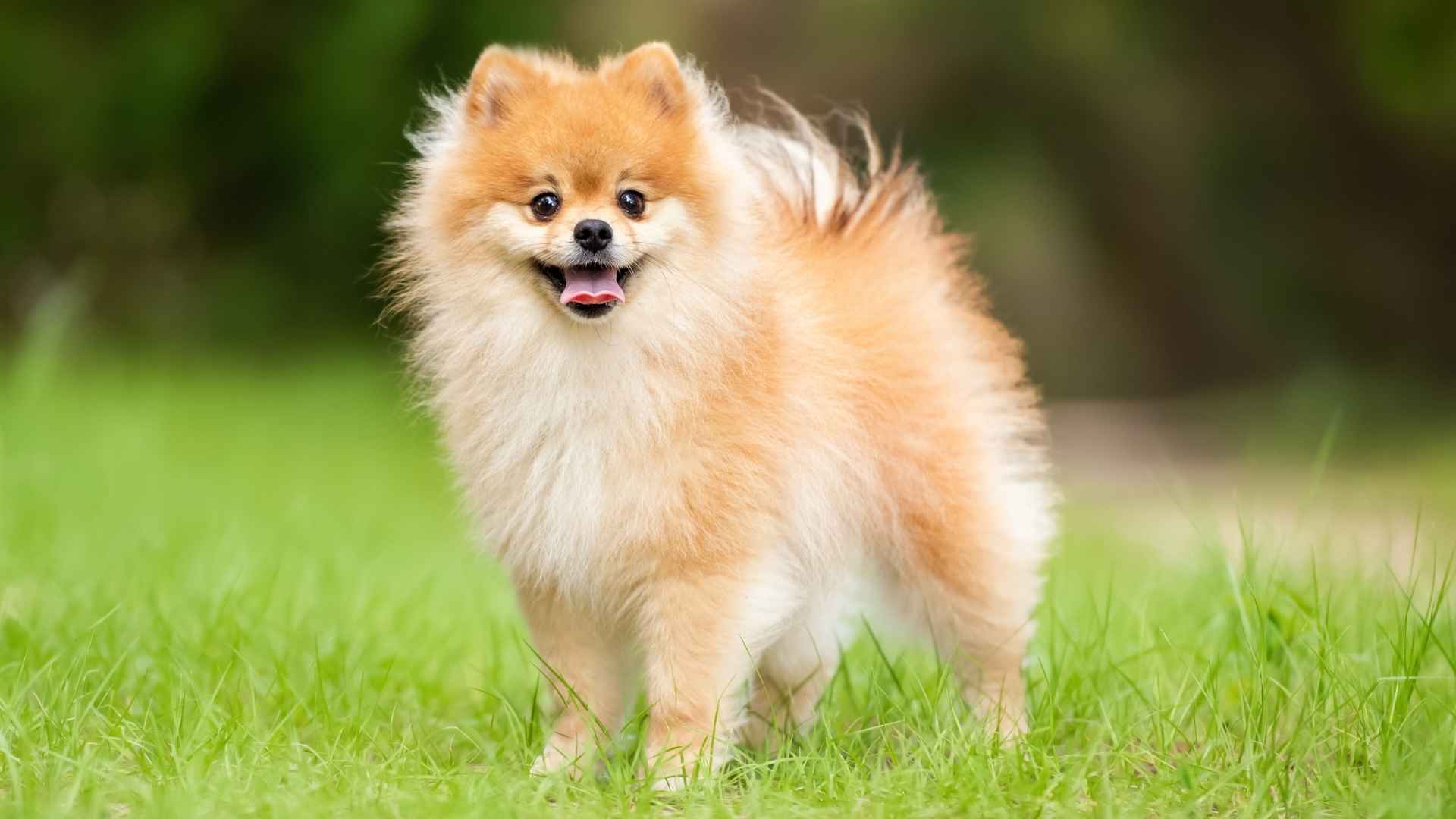Everyone wants a beautiful dog, but not everyone wants the maintenance that comes with it. Long coats look lovely—until they mat, tangle, or shed endlessly. But short double coats strike the perfect balance.
They’re tough enough for bad weather and soft enough for cuddles, all while staying low-effort. These coats require minimal grooming, handle shedding in predictable bursts, and protect the dog from both heat and cold.
Whether you’re a first-time owner or someone who’s been through the grooming grind before, choosing a dog with this kind of coat just makes sense. Less stress. Less mess. More time to enjoy the bond that really matters.
And the dogs that come with this coat? They’re active, loyal, and surprisingly varied in personality. If that sounds like the kind of companion you’re looking for, keep reading. We’re about to dive into the 10 dog breeds with short double coats worth meeting.
Dog Breeds With Short Double Coats
1. Akita
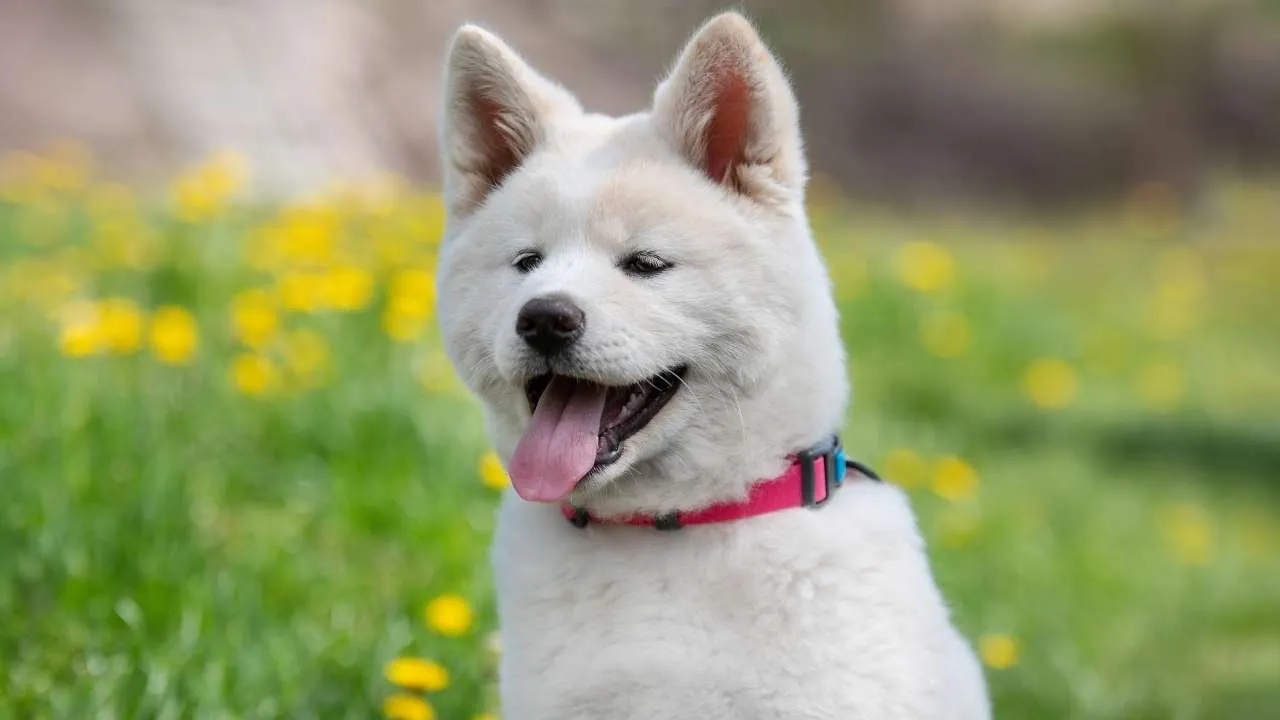
Akitas were originally developed to endure freezing mountain climates, and their short double coat plays a key role in that survival. The dense outer layer repels moisture, while a soft undercoat traps body heat effectively. This coat is naturally suited for harsh conditions, requiring seasonal grooming.
Calm but intensely alert
While they may seem calm indoors, Akitas are highly alert and constantly aware of their surroundings, as per Pawlicy Advisor. They’re known for being strong-willed and protective, making them reliable but not overly eager to please. Socialization is essential due to their naturally reserved nature.
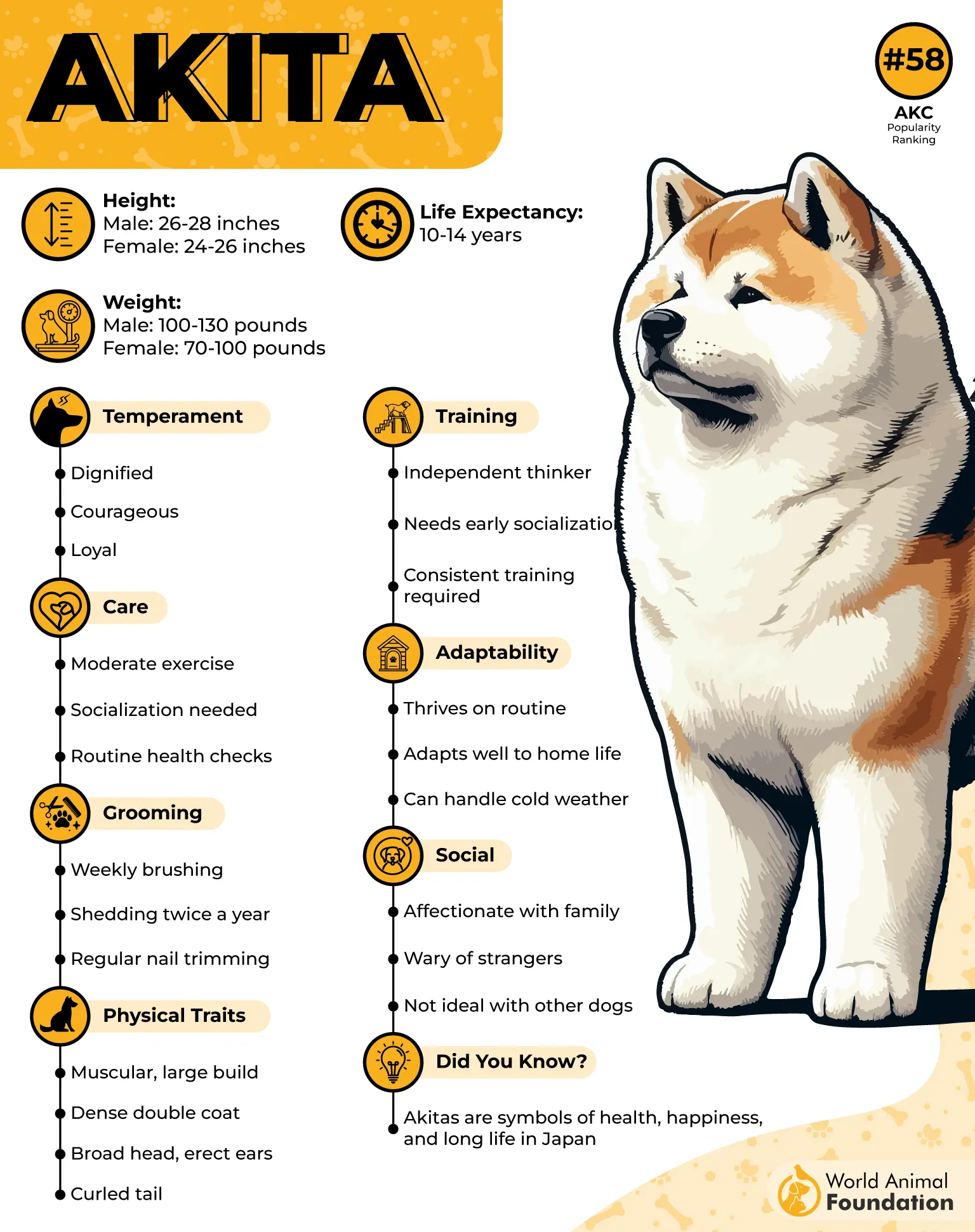
Needs mental and physical balance
Akitas aren’t built for long jogs, but they need structured physical activity combined with mental stimulation. Without it, they may become withdrawn or stubborn. Puzzle toys, moderate hikes, and purpose-driven tasks can bring out their balanced temperament.
Low tolerance for social chaos
They don’t usually enjoy noisy, unpredictable environments and may struggle in homes with multiple untrained pets. However, with early guidance, they can coexist peacefully with other dogs. As one of the most powerful double-coated dog breeds, they benefit from confident, consistent handlers.
2. Siberian Husky
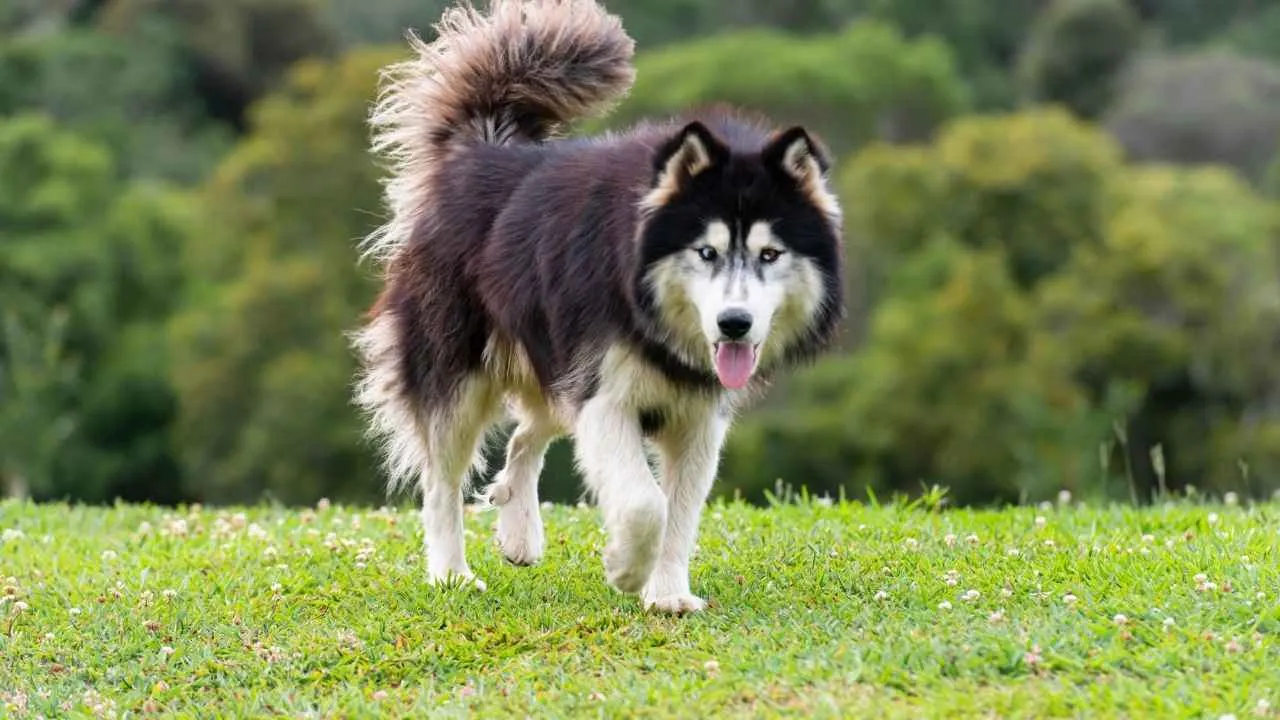
The Siberian Husky’s thick double coat developed in response to brutal sub-zero temperatures faced by sled teams in northeast Asia. This coat insulates efficiently, but it also sheds heavily twice a year in what’s often called a “coat blow.” Their tolerance for extreme cold is a direct product of this adaptation.
Efficient and clean by nature
Unlike many breeds, Huskies have a remarkably low odor and tend to groom themselves almost like cats. This behavior helps maintain the condition of their outer coat without frequent baths. Their fur is dirt-resistant and doesn’t mat easily despite its density.
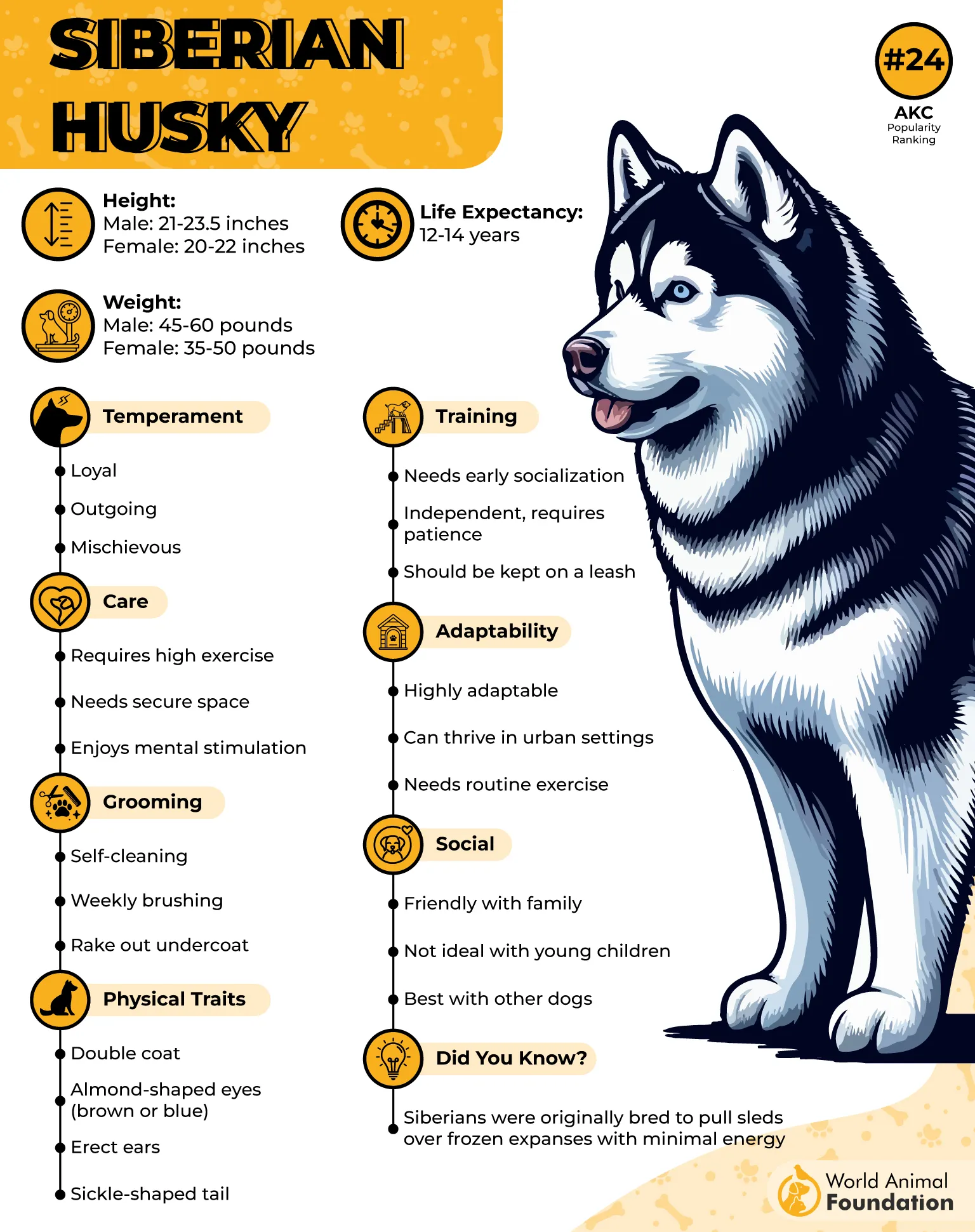
High endurance, not hyperactivity
Huskies don’t tire easily, but they’re not constantly bouncing around either — they conserve energy for distance rather than bursts. This makes them excellent long-haul runners but less interested in chaotic fetch sessions. Without a physical outlet, they become mentally unengaged rather than simply restless.
Sensitive to human cues
They’re highly attuned to human voice and body language, which is why traditional sled commands use short, sharp sounds. However, their response is based more on mutual respect than obedience. Their independence and tightly bonded pack instincts often clash in homes with multiple dominant dogs.
3. Alaskan Malamute
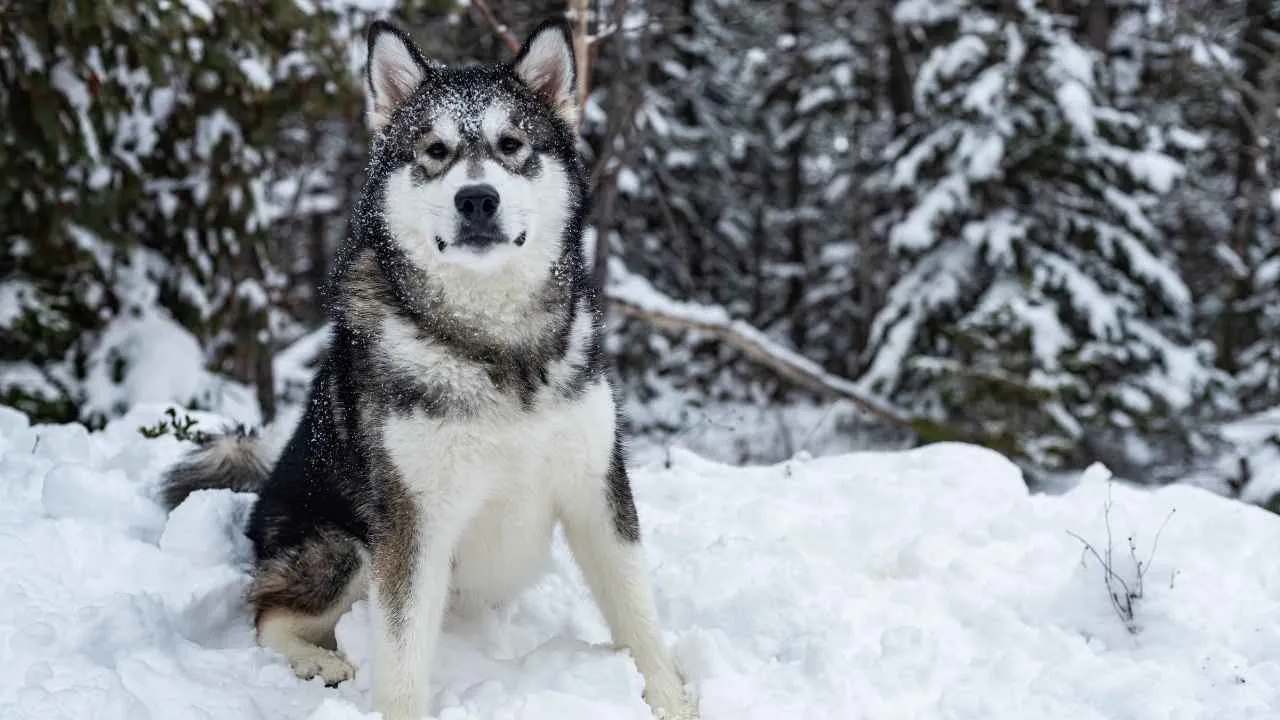
Alaskan Malamutes were bred to haul heavy loads over long distances, not for speed. This heritage shows in their solid frame, endurance-driven muscles, and deliberate movements. Their strength lies in stamina, not agility, making them incredibly dependable working dogs.
Insulation without fluff
The dog’s coat is built for Arctic survival—harsh wind, snow, and wet conditions are blocked by a dense double coat that traps warmth close to the body. The coarse guard hairs prevent moisture from reaching the skin, while the thick underlayer provides critical insulation.
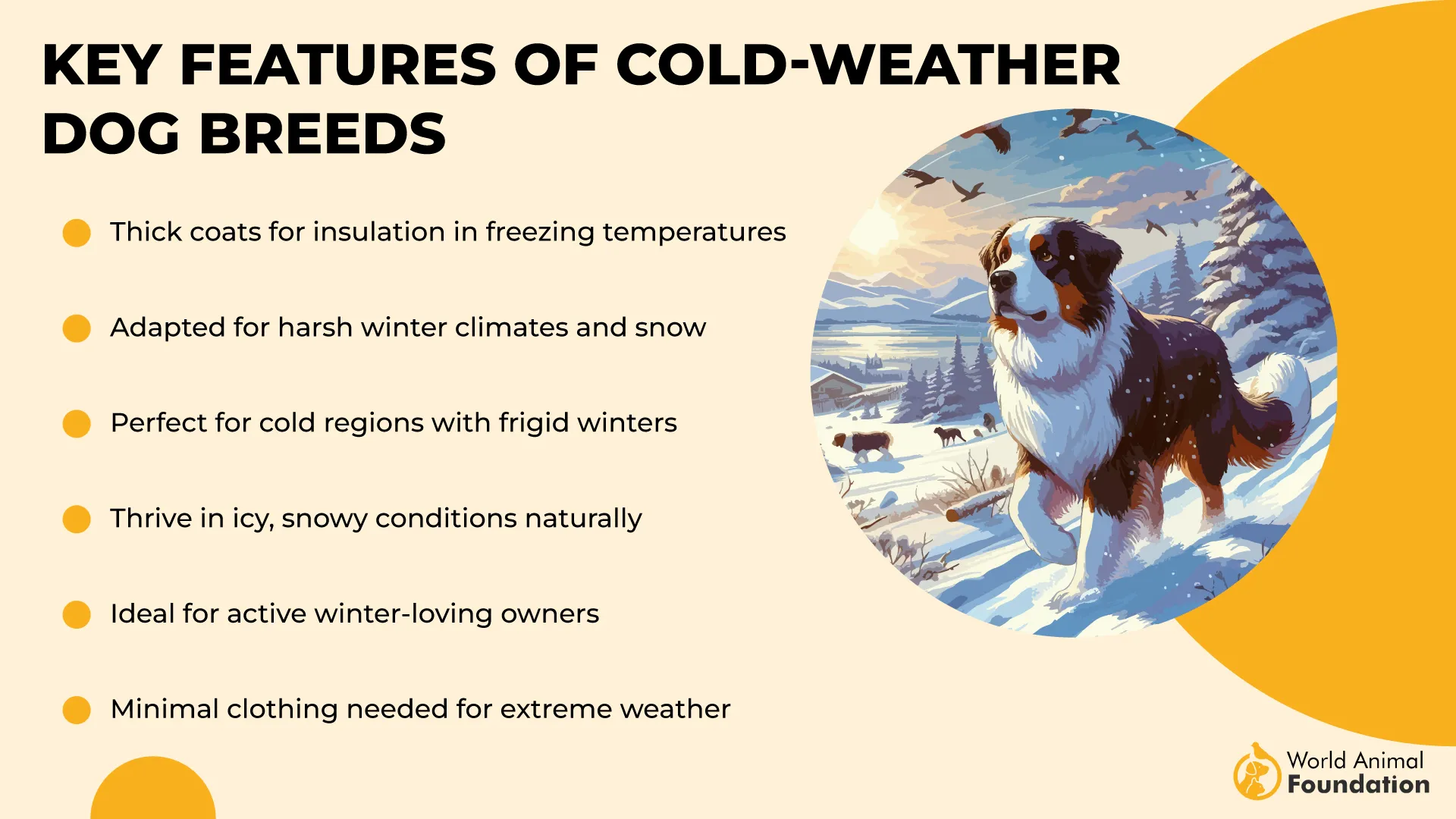
Heat regulation, not heat tolerance
They don’t handle heat well, not because they’re lazy, but because their coat functions like thermal gear, as mentioned in WebMD. In warmer regions, shedding increases, and activity must be timed carefully. Their body is efficient at keeping warmth in, not letting it out.
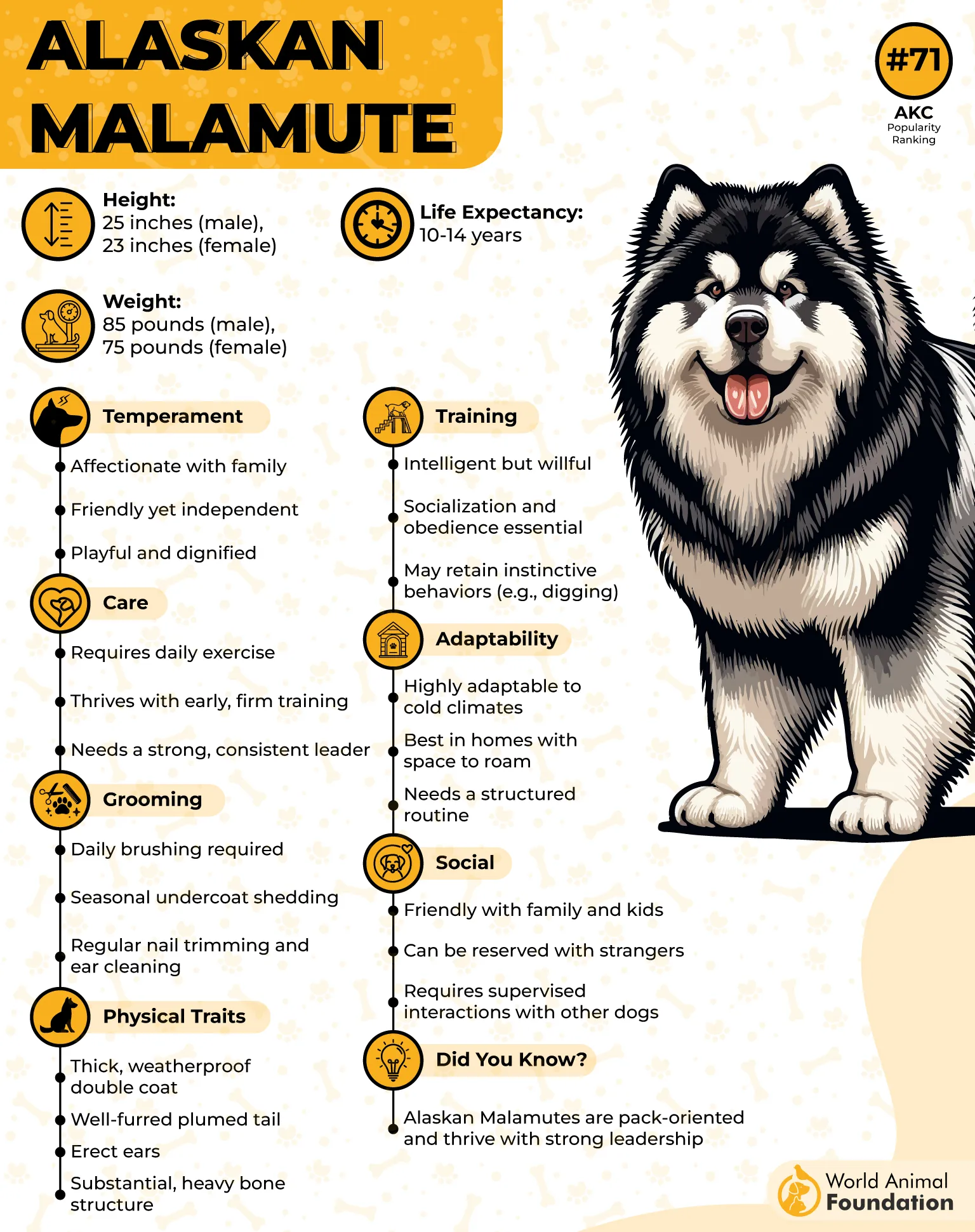
Pack-oriented but independent
Malamutes were raised in close contact with humans, but also needed autonomy on long routes. They’re not clingy and don’t constantly seek approval, yet they value pack. Without clear roles, they may challenge authority, especially in homes with other dogs.
4. Chow Chow
The Chow Chow’s double coat is thick and is built to trap body temperature in subzero regions. The outer guard hairs stand off the body, forming a visible halo of protection. Beneath it, a dense layer hugs the skin, providing insulation even in biting winds.
Bred for utility and protection
Chow Chows were originally bred in northern China for hunting, guarding, and pulling carts—roles that demanded both stamina and independence. That working heritage still shows in their dignified and reserved behavior. They’re not clingy, and their self-contained nature requires thoughtful handling.
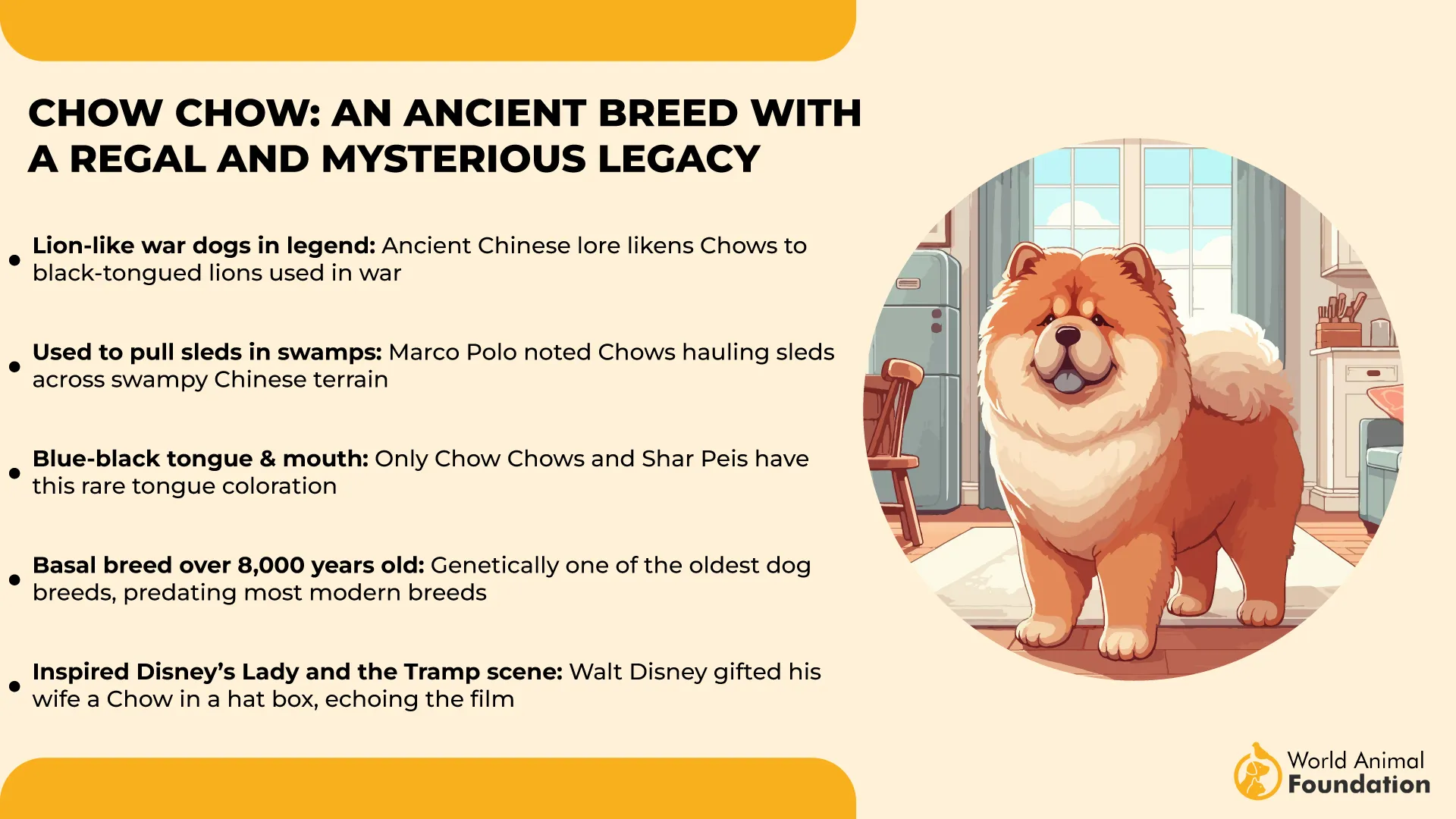
Clean and highly territorial
They have an unusually cat-like sense of personal space and cleanliness, often grooming themselves and avoiding dirt, as per Embrace Pet Insurance. This breed is highly territorial, and early boundaries are crucial. Their independent temperament can make them naturally suspicious of strangers and other animals.
Heat sensitivity and environmental needs
Due to their heavy coats and unique body structure, Chow Chows are extremely sensitive to heat and prone to overheating. Managing their body temperature is essential during warmer months. They thrive in cooler climates and need shaded rest areas during exercise.
5. Pomeranian
The Pomeranian’s coat type is unique among toy breeds — it’s thick, plush, and deceptively full despite its size. The short double coat consists of a dense, soft base and a stiffer outer layer that stands up naturally. This structure gives it that signature puffball silhouette.
Prone to coat compacting without care
Without daily brushing, the undercoat tends to mat and compress close to the skin, especially around the chest and hindquarters. Regular grooming helps maintain airflow through the coat, which is essential to prevent skin irritation. Their grooming schedule isn’t just for looks — it’s a health need.
Alert, sharp, and sound-sensitive
Pomeranians are naturally keyed into subtle changes in their environment. They’re often the first to react to distant sounds or unexpected movement, which is why they were historically used as alert companions. Their sharpness isn’t aggressive — it’s wired into their awareness.
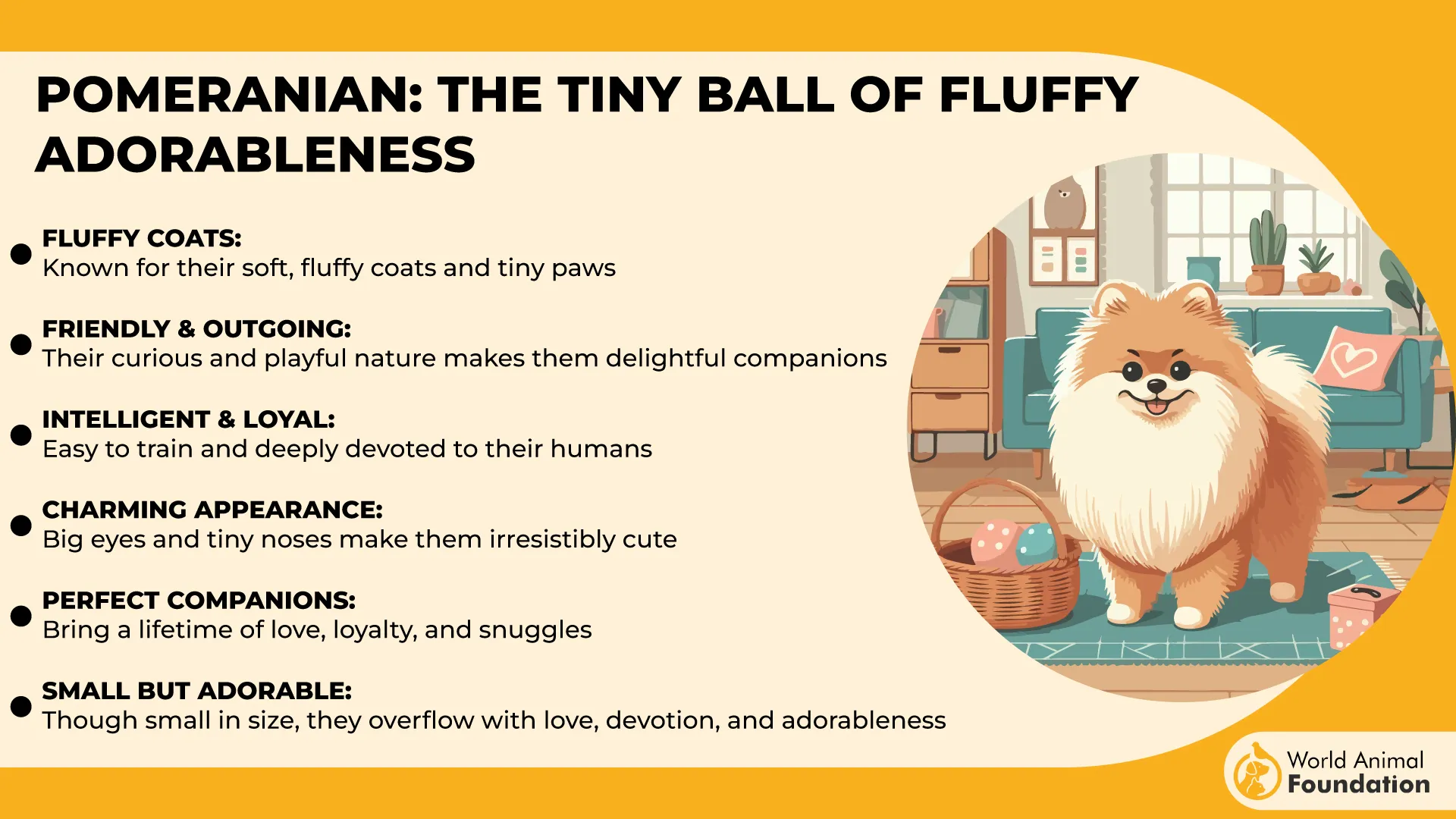
Size doesn’t soften their bold streak
Despite weighing only a few pounds, they carry themselves with self-assurance that overshadows many larger breeds. They have a surprisingly strong territorial instinct and often try to assert control in multi-pet homes. Managing this requires early boundaries and consistent structure.
6. Newfoundland
The Newfoundland’s thick coat isn’t just for warmth — it’s designed to handle icy waters and heavy snow. This breed was historically used for water rescues, and its coat supports that role with a water-repellent top layer and dense undercoat. During shedding season, weekly brushing becomes essential.
Massive size, surprisingly gentle nature
Despite weighing over 100 pounds, Newfoundlands are calm, composed, and naturally gentle with humans, as Lolahemp claims. They often display a protective instinct without being aggressive or loud. Their tolerance and steadiness make them distinct among working breeds of similar size.
Short stamina, but purposeful movement
They’re not built for speed or endurance; instead, they move with deliberate strength. Originally bred to pull nets and assist fishermen, their energy is best used in short, meaningful bursts. Swimming remains one of the most effective and natural forms of exercise for them.
Protective, not possessive
Newfoundlands are deeply loyal, but they don’t form obsessive attachments or become clingy. They’re aware of their surroundings and will position themselves quietly between their humans and unfamiliar activity. That quiet protectiveness makes them different from more alert or reactive double-coated dog breeds.
7. Border Collie
Border Collies were selectively bred for sharp decision-making and directional herding, not just obedience. Their coat supports long hours in rough terrain without overheating. It offers just enough protection from wind and rain without being bulky or heat-trapping.
Unique coat behavior in shedding cycles
Their short double coat sheds in cycles that match seasonal changes, not constant daily loss. During peak shedding, the undercoat releases in clumps, often needing tools designed for dense but short fur. This makes grooming more strategic than routine.
Not a “play all day” kind of activity
They prefer tasks with logic over random play, excelling when their day involves problem-solving. Fetch might hold their attention, but directional commands or agility courses are what actually stimulate them. Boredom shows up fast if not mentally challenged.
Sensitive to inconsistency in routines
Collies read micro-expressions and respond instantly to changes in tone or rhythm. They’re uneasy in disorganized households where expectations shift frequently. When raised in a structured setting, their responsiveness almost feels telepathic because they’ve learned to anticipate what comes next.
8. Golden Retriever
The Golden Retriever’s short double coat was developed for cold-water retrieval, with a dense underlayer that holds warmth and a coarse top layer that sheds water easily.
Unlike long-coated breeds, this one dries faster and tangles less in brush-heavy terrain. The coat needs routine brushing, but isn’t overly high-maintenance.
Retrieves with precision and patience
Golden Retrievers were originally bred to retrieve downed birds without damaging them, requiring a soft mouth and sharp focus. Their timing, control, and ability to take complex directional cues make them stand out in field trials. These aren’t just family dogs — they’re highly tuned working companions.
Consistency over chaos
While friendly by nature, Goldens rely heavily on predictable structure in training environments. They do best when commands and expectations stay consistent, especially when balancing obedience with high social stimulation. Random or chaotic environments can dull their task focus.
Unmatched memory in task learning
Their ability to retain learned behaviors is one of the strongest among retriever breeds. Once taught properly, a Golden may not need the same repetition others do, which is why they excel in therapy and assistance work. Their recall of sequences, even after a break, is notably reliable.
9. Australian Shepherd
The Australian Shepherd was bred for one core purpose—working livestock across rugged terrain without tiring. Their compact, short double coat isn’t just about looks—it allows freedom of movement while protecting them from heat and cold. Unlike heavier coats, this one keeps them agile in demanding tasks.
Eyes that assess, not just observe
What sets this breed apart is how mentally tuned in they are. Australian Shepherds study movement constantly, not as a reaction, but as anticipation—watching for patterns, predicting actions. This isn’t a people-pleasing dog; it’s a problem-solver that thinks three steps ahead.
Movement patterns ingrained by instinct
They don’t just run—they orbit, flank, and reposition with precision, even without formal training. That circling motion you see? It’s a deeply encoded herding instinct that doesn’t disappear indoors. Structured physical tasks alone won’t exhaust them—they need controlled challenges.
Easily overstimulated without tasks
These dogs can become neurotic without clear direction or jobs to complete. Simply offering playtime or casual walks won’t be enough. A bored Australian Shepherd will invent its tasks—usually involving rearranging furniture, chasing shadows, or over-monitoring household routines.
10. Shih Tzu
Beneath its flowing outer coat, the Shih Tzu has a compact body covered in a short double coat that often goes unnoticed. The dense underlayer acts as a buffer against both cold and heat, especially when kept in a trimmed, manageable style. This structure makes grooming easier than most people expect.
Historically bred for stillness
Unlike breeds developed for labor or outdoor work, Shih Tzus were bred to sit calmly beside Chinese royalty. That temperament shows today in their low energy indoors and steady, composed behavior. They don’t crave constant stimulation but enjoy small, purposeful interactions.
Naturally, people-focused, not task-driven
While they’re affectionate and social, Shih Tzus lack a drive to chase or herd, which sets them apart from more instinct-driven breeds. Their attention is human-oriented, not job-based, which affects how they respond to training. Short, engaging sessions work better than structured drills.
Adapts grooming to lifestyle
Owners often opt to keep their coats clipped short for easier upkeep, revealing the practical benefit of that underlying double coat. This also makes it easier to check for skin issues, which the breed can be prone to. Regular hygiene routines are more important than elaborate styling.
Conclusion
Not every beautiful dog needs a brush in your hand daily. Short double coats prove that. These breeds were built for work, play, and everyday life, with coats that manage themselves more than you’d expect.
Whether you’re dealing with loose fur or brushing out dead hair, the upkeep stays surprisingly simple. Unlike breeds with long or medium-length coats that demand constant care, these dogs thrive with low maintenance and high performance.
Their water-resistant outer coat protects them, while quick brushing helps the dog’s skin breathe and stay clean. And yes, even though these dogs shed, it’s seasonal and expected, not nonstop.
For anyone ready for a dog that fits your life instead of overwhelming it, this coat type might be the answer. From calm companions to high-energy herding dogs, this list proves that a little practicality goes a long way.


